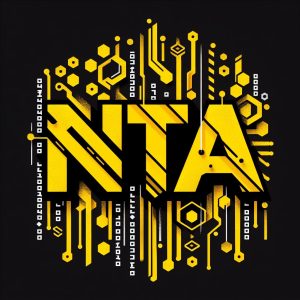



The AWS Cloud Red Team Specialist (CARTS) course offered by CyberWarFare Labs is an advanced cyber attack and detection learning platform. The course is designed to provide an in-depth understanding of AWS core services, identification of misconfigurations, and methods to stealthily exploit them in an Enterprise AWS Cloud Environment.

The AWS Cloud Red Team Specialist (CARTS) course offered by CyberWarFare Labs is an advanced cyber attack and detection learning platform. The course is designed to provide an in-depth understanding of AWS core services, identification of misconfigurations, and methods to stealthily exploit them in an Enterprise AWS Cloud Environment. The course is delivered in a combination of On-Demand & Instructor-Led mode, including online lectures, practical hands-on exercises, and a practical examination1. The duration of the course may vary based on individual learning pace, but it typically takes around 1-3 months to complete.

This intensive three-day course is designed to teach the fundamental investigative techniques needed to respond to today’s cyber threats. The fast-paced course is built upon a series of hands-on labs that highlight the phases of a targeted attack, sources of evidence and principles of analysis. Examples of skills taught include how to conduct rapid triage on a system to determine whether it is compromised, uncover evidence of initial attack vectors, recognize persistence mechanisms and investigate an incident throughout an enterprise. Although the course is focused on analyzing Windows-based systems and servers, the techniques and investigative processes are applicable to all systems and applications. The course includes detailed discussions of common forms of endpoint, network and file-based forensic evidence collection and their limitations as well as how attackers move around in a compromised Windows environment. The course also explores information management that enriches the investigative process and bolsters an enterprise security program. Discussion topics include the containment and remediation of a security incident, and the connection of short-term actions to longer-term strategies that improve organizational resiliency.

Sophisticated attackers frequently go undetected in a victim’s network for an extended period. Attackers can blend their traffic with legitimate traffic that only skilled network analysts know how to detect. This course shows learners how to identify malicious network activity. The course provides an overview of network protocols, network architecture, intrusion detection systems, network traffic capture and traffic analysis. Learners review the types of network monitoring and the tools commonly used to analyze captured network traffic. The course also explores the best techniques for investigating botnets and how to use honeypots in network monitoring. The course includes lectures and hands-on lab sessions to reinforce technical concepts.